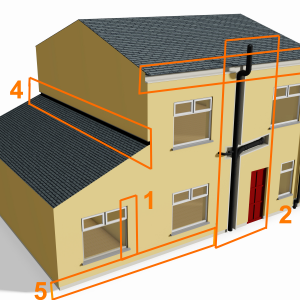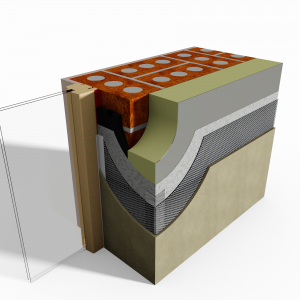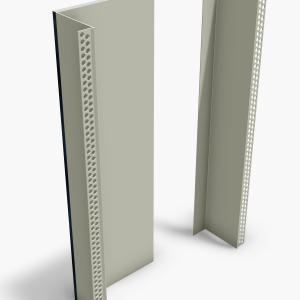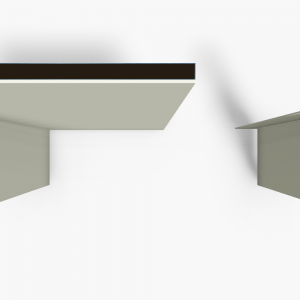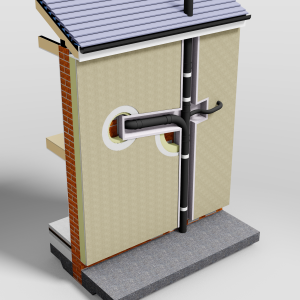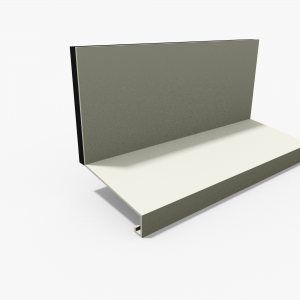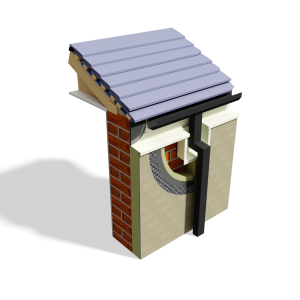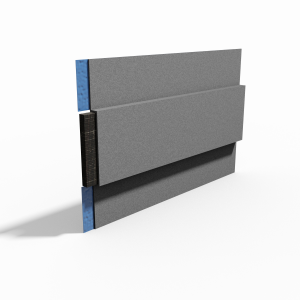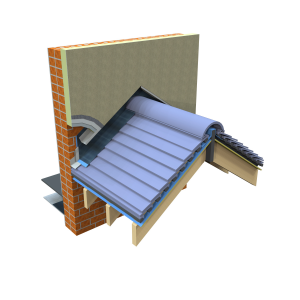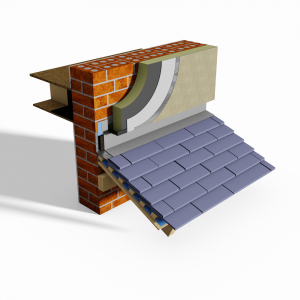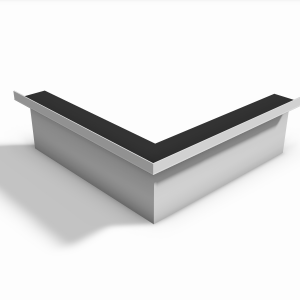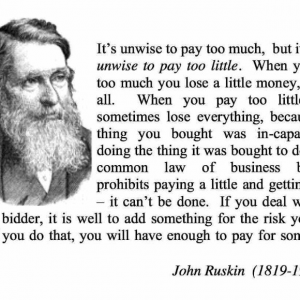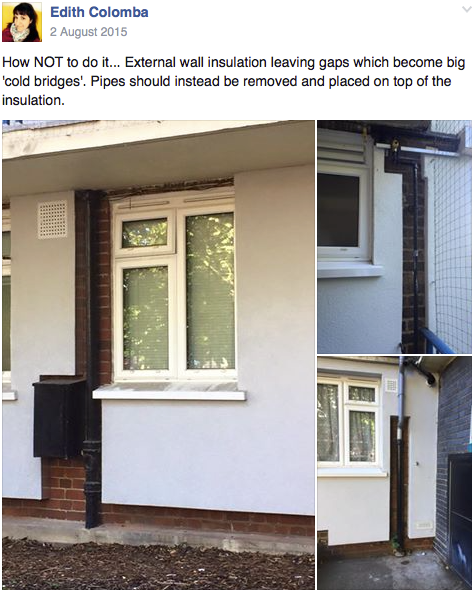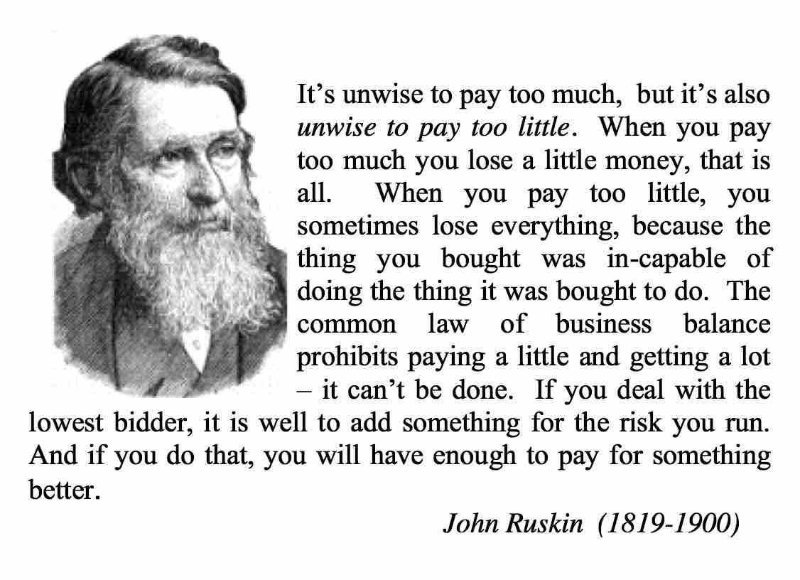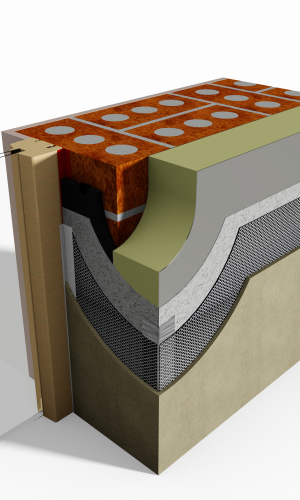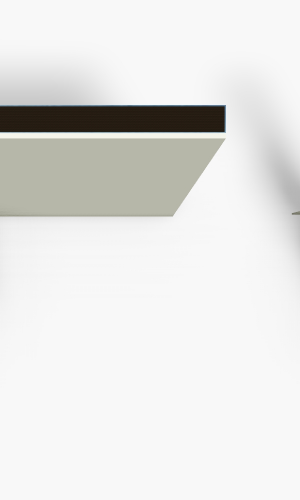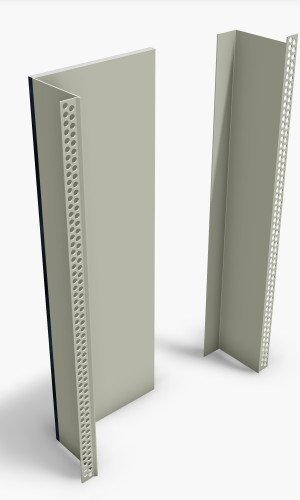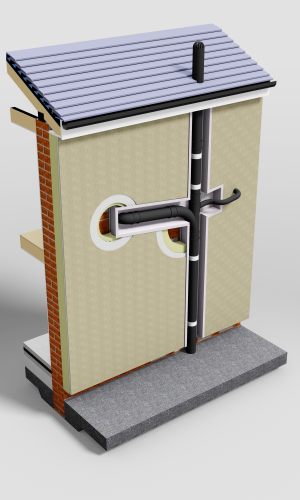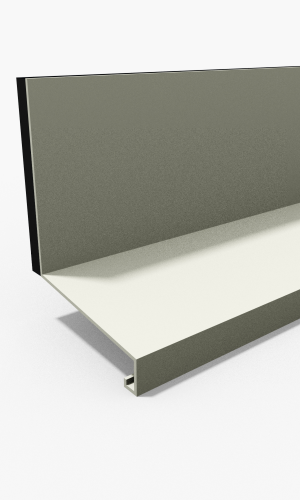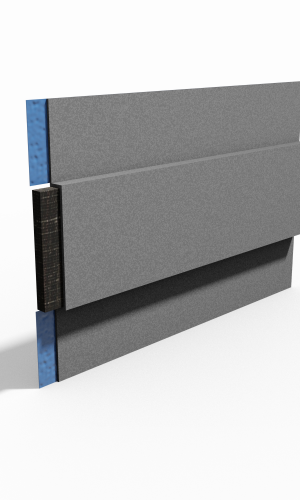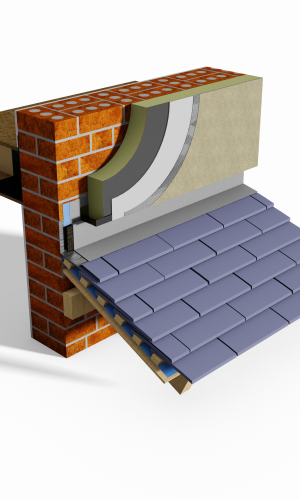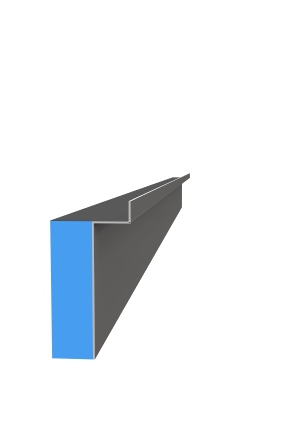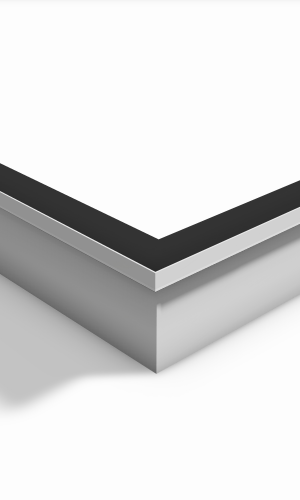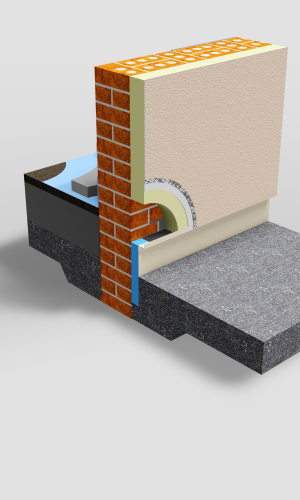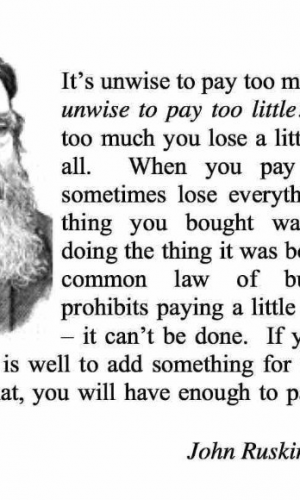GBE > Advertise > Collaborate > Services > Member Newsletter > G#9384
GBE Members Newsletter No 3 January 2016
GBE News & Feedback:
Tricia Lawton CIIG Construction Industry Information Group
- “Thanks for the GBE newsletter – good work!”
Click on scrolling images to get static larger/sharper whole images
GBE Members Newsletter No 3 January 2016
About:
Hello Members
At Green Building Encyclopaedia, we’re constantly adding new content to our site, in order to make it more alluring to the search engines and more informative for our many readers. In addition, continue to ‘join everything up’ so that we can provide more value to our users. Here is a quick update for GBE members, covering our work during December and January.
Kind Regards
BrianSpecMan aka Brian Murphy
www.greenbuildingencyclopaedia.uk
T 01733 238148
GBE Members Newsletter No 3 January 2016
- A longer version of the mail chimp newsletter can be found on GBE website with more links into the encyclopaedia and to products.
- A GBE Issue Paper: ESWITB on the same subject has been started with an introduction; this will grow over the following months
- A shorter version of this newsletter can be found on the Mailchimp Server
Edith Colomba is an architect running a facebook group entitled Green Homeowners. She has been offering a new service to help encourage homeowners to engage with future-facing refurbishment of their hard to treat (HTT) homes. Her service embraces a holistic approach to health and wellbeing and aims to engage people in extreme energy-saving retrofits.
On the 2nd August 2015 and 16th December 2015 Edith posted some horrifying pictures of external solid wall insulation (ESWI) stopping either side of existing external vertical service pipes.
“How NOT to do it… External wall insulation leaving gaps which become big ‘cold bridges’.
Pipes should instead be removed and placed on top of the insulation.”
The majority of Victorian solid walled houses include external cast iron (CI) soil waste and vent pipes (SW&VP) and rainwater downpipes (RWP). These pipes are over 100 years old and jointed with methods that are in conservation textbooks but not in current industry skill sets.
Centre of Refurbishment Excellence (CoRE) are attempting to address the skills gap.
CI pipes were often bitumen coated and were over-coated with paint. Their fixing brackets and fasteners are under layers of paint. They are probably rusted solid making modification difficult if not impossible. CI is brittle and easily damaged; replacement parts for realignment are not easy to obtain in quantity from the Architectural Salvage sector.
So when CI pipes are encountered there are few choices:
- leave the services in place and stop and start the ESWI either side
- smash the CI pipes away, apply ESWI and then fit new modern or replica pipes
A quick check of British Board of Agrément (BBA) Agrément Certificates for ESWI, they free themselves of responsibility and suspend reality by excluding engagement with outside services attached to walls.
The Solid Wall Insulation Guarantee Agency (SWIGA) have little interest in what is insured they push the responsibility to the installer to comply with the Project Specification, EN, ISO or BS Norm, Standard, Code of Practice, Publicly Available Standard (PAS 2030) or BBA Agrément Certificates.
Upon further investigation it turns out this type of ‘Stop-Start Solution’ can be seen everywhere. In these cases highly insulated/weather protected walls and strips of un-insulated/unprotected wall will result in problems:
- Concentrated weather saturation leading to moisture penetration will occur in the exposed strips:
- Wall saturation leads to rot in embedded structural timbers and structural failure
- Saturated brickwork can suffer from frost damage in freezing conditions
- Warm moisture vapour from bathing, laundry and cooking inside the house will find its way outwards through the line of least resistance:
- Un-insulated strips of wall will be colder inside than surrounding insulated wall
- This runs the risk of causing surface condensation
- Spores from fungi are ever-present in the atmosphere, wind blown ‘seeds’ waiting to grow
- When spores land on wet surfaces, they can and do start growing, this becomes mould that grows generating more spores
- Mould and spores in the building can cause respiratory disorders and asthma in the young, unwell, older and frail people
- In worst cases toxic mould can cause death; forcing buildings to be abandoned and sealed up
Some years ago Enviroform Solutions Limited had solved the window jamb/reveal thermal bridge problems with Solid Wall Internal Insulation Systems and Solid Wall External Insulation systems. GBE discovered that Enviroform’s Liam Brown has been very busy inventing and developing solutions to many of the recurring problems with these systems. Un-insulated strips between external insulation and external services have now been solved. Enviroform has solutions for many of them:
- System: Thermo-Pro®
- Window/Door Jambs: Thermo-Pro Bead
- Eaves Fascia & Gutter: Thermo-Pro Fascia
- Ground level abutment: Thermo-Trac
- Soil Waste and Vent Pipes: Thermo-Pro Soil Pipe
- Fence and gates: Thermo-Pro Soil Pipe
- Other service attachments: Thermo-Pro Soil Pipe
- Realigned Rainwater downpipes: Thermo-Pro RWP
- Roof abutment flashings: Thermo Flash
- Window wall posts: Thermo-Pro Steel Box
- Internal Window/Door Reveals: Magnaline Reveal
- DIY Internal Window/Door Reveals: DIY Thermal Reveal Kit
- Internal electrical junction and surface boxes: Thermo-Soc
- Internal Joisted floor/External wall: Thermo-Joist
These solutions have been developed to be simple, practical and economical. Their effectiveness and competency have been independently evaluated and documented. They solve this highly risky and inevitable problem. There is little excuse not to use them.
These products have been brought to the attention of Main Contractors, ESWI system designers, to Energy Company Obligation (ECO) obliged businesses and GreenDeal (GD) Providers. They have seen the merits of them and have sometimes engaged Enviroform Solutions Ltd. in tenders for large-scale projects. 53,000 ECO projects out of a total 200,000 ESWI projects have been carried out in 3 years since October 2012. A significant percentage are Victorian and CI pipes can be expected in most of them. When these contracts have been awarded the solutions seemed to have been removed from the scheme. With very few being actually installed, possibly due to budgetary constraints and trying to make projects commercially viable. The issue here is that the main contractor is getting paid per house not by performance. The short term gain is usually followed up by a long term legacy of continuing maintenance problems.
Its unwise to pay too much, but it’s also unwise to pay too little. When you pay too much you lose a little money, that is all. When you pay too little you sometimes loose everything, because the thing you bought was incapable of doing the thing it was bought to do. The common law of business balance prohibits paying a little and getting a lot – it can’t be done. If you deal with the lowest bidder, it is well to add something for the risk you run. And if you do that, you will have enough to pay for something better.
John Ruskin (1819-1900)
GBE has warned in many seminars, GreenDeal/ECO will be followed by a second programme to correct the errors of GreenDeal/ECO on much of the existing solid walled housing stock gone wrong.
Use these solutions ‘or their equivalents’ (not ‘or similar’) or risk failure.
They are not being held accountable to the specifications or standards or even the Publicly Available Standard (PAS 2030) developed to drive competency in ECO and GD. Nor are the specifications addressing the real details. They are often written as ‘system specification’ missing out ‘detail specification’. National Building Specification (NBS) used by many specifiers, has work section M21 for External Insulation with Rendered Finish. M21 is for new-build and refurbishment, but fails to address the details associated with existing services. Many specifiers are worried to embellish or divert from the NBS standard text in fear for their Professional Indemnity Insurance (PII) cover, but this leads to greater risk.
Green Building Specification (GBS) has just developed specifications for the Enviroform Solution Ltd.
This includes the Thermo-Pro® system, all of the Thermo-Pro® Bead, Soil, Flash, Fascia, Trac accessories designed to be installed before and together with a competent ESWI system to make a competent refurbishment ESWI system for buildings with external services.
GBS Specification M21 for External Insulation with Rendered Finish Work Section, Clauses and GBE Checklist M21.
Hot on the heels of its GBE Issue Paper: Overheating, titled “Build Light, Insulate Right, Solar Tight” Green Building Encyclopaedia has started on the next ‘GBE Issue Paper: External Solid Wall Insulation Thermal Bridges’ titled: “From Fuel Poverty to Respiratory Distress – Energy Company Obligations (ECO) is it going wrong?”
To start the interest in the subject and drive traffic towards some ready made solutions GBE wrote an Executive Summary and GBE Members Newsletter No.3 about the issues and published it on GBE.
Link to previous and current Newsletters list page
Talk to BrianSpecMan about becoming a member or advertiser on GBE
To find out more / discuss pricing, either email or call Brian on
+44 (0)1733 238148 / +44 (0)7973 281024 (UK GMT 09:00-18:00)
Copyright © 2015-16 GBE Green Building Encyclopaedia, All rights reserved.
We have either met face to face and exchanged business cards or emailed each other over the years and I have you in my address book; you may remember me as NGS National Green Specification, GreenSpec or ASWS.
Our mailing address is:
GBE Green Building Encyclopaedia
91 Oakleigh Drive
Orton Longueville
Peterborough,
Cambridgeshire
PE2 7AR
United Kingdom
Want to change how you receive these emails?
You can update your preferences or unsubscribe from this list
© GBE NGS ASWS BrianSpecMan aka Brian Murphy
20th January 2016 – 26th January 2016
GBE Members Newsletter No. 3 January 2016
See Also:
GBE Links
GBE Newsletters
- Solution Provider News No1 October 2015
- Solution Provider News No 2 December 2015
- Solution Provider News No 3 January 2016
- Members Newsletter No1 October 2015
- Members Newsletter No2 December 2015
- Members Newsletter No 3 January 2016
GBE Diary & News
- GBE Navigation pages
- GBE Daily Updates & Additions January,
- GBE Diary 2016 Q1
- GBE Future Events 2016,
- GBE In-House CPD,
- GBE Newsletters,
- GBE Content List,
- GBE 255 Page Groups,
- GBE Site Navigation
GBE Social Media
- Linkedin,
- Twitter: @BrianSpecMan, @GBEGreenBuild,
- facebook,
- Google+,
- Pinterest.
GBE Live
- UK Build Show at NEC
- GBE Newsletter No.1 October 2015
- The Green Register of Construction Professionals (TGR) 15 years celebrations
- CIOB East Midlands Zero Carbon is it possible?
GBE Collaboration
- GBE Tabbed Page templates
- Manufacturer
- Suppliers
- Installer
- Products
- Accessories
- Systems
- GBE Product Data Collection spreadsheet
- GBE Product Pages,
- GBS Robust Specifications,
- GBE BIM Product Data Sheets,
- COBie,
- GBS FMSpec,
- GBE Product Passport, etc.
- GBE Issue Paper Templates
- GBE Overheating Issue Paper
- GBE Pinterest
- GBE Q&A
- GBE CPD
- GBE Media Library
- GBE Issue Paper: Overheating, Update 11
- GBE Issues Navigation: for subjects to be addressed in future Issue Papers
- If you are not sure if your products are being called for here, check out this consolidated list.
- GBE Collaborator Service Band Prices: standard, enhanced or premium set up and annual renewal packages & bespoke services.
- GBE Collaborator Service Band Options bespoke calculator.
GBE Contact
- BrianSpecMan@icloud.com
- (0044) 01733 238148
- (0044) 07973 281024
- (UK GMT 09:00-18:00)
© GBE NGS ASWS BrianSpecMan aka Brian Murphy
20th January 2016 – 21st January 2016




